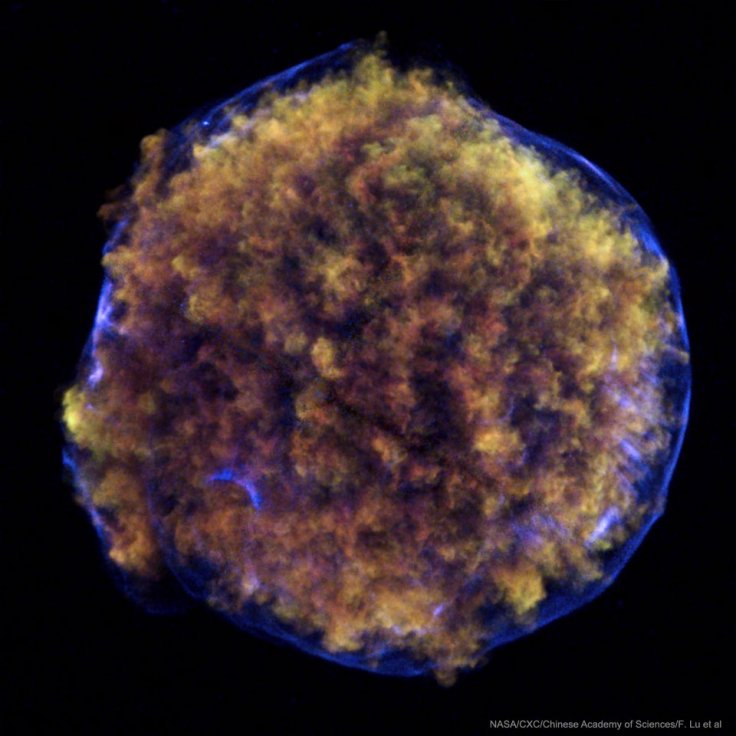
Some researchers from the University of Manchester recently carried out a survey of a nearby galaxy and discovered two new supernova remnants, that is, a cloud of gas and dust that's left after a star explodes. They also detected radio signals from over 20 planetary nebulae. Tana Joseph from the Department of Physics and Astronomy and the lead author of the paper published in the Monthly Notices of the Royal Astronomical Society journal conducted the survey of the nearby Small Magellanic Cloud (SMC) - a nearby dwarf galaxy.
It was part of the pilot survey project of the Evolutionary Map of the Universe (EMU) and was done so by using CSIRO's new radio telescope known as Australian Square Kilometre Array Pathfinder (ASKAP). "This is an exciting time for the study of nearby galaxies. These nearby external galaxies offer an ideal laboratory, since they are close enough to be resolved, yet located at relatively well-known distances," the authors wrote. The authors, while discussing the findings of the survey, noted: "We can now combine this radio data with observations from optical, X-ray, gamma-ray and infrared telescopes, allowing us to explore the SMC and other galaxies in unprecedented detail."

The observations of the survey of the nearby Small Magellanic Cloud were done at two radio frequencies – 960 MHz and 1320 MHz. Also, with a sensitivity which is over 4 times than that of any other previous surveys of this particular galaxy. And with ASKAP, it was found that there are more than 7,000 unique radio sources in the direction of the Small Magellanic Cloud, many of them background galaxies shining through the SMC, which is more than all previous surveys combined, said researchers.
The ASKAP EMU project intends to detect 70 million galaxies within five years. So far, over a period of 40 years, scientists have managed to identify around 2.5 million galaxies. "The reason for doing this is to try to understand how the stars and galaxies were first formed, and how they evolved to their present state, where planets and people are formed. The idea of doing this census is so that we can catch galaxies in all their different stages of evolution, and try to place them in sequence, and so study how their properties change as they evolve," said the Australia Telescope National Facility.









